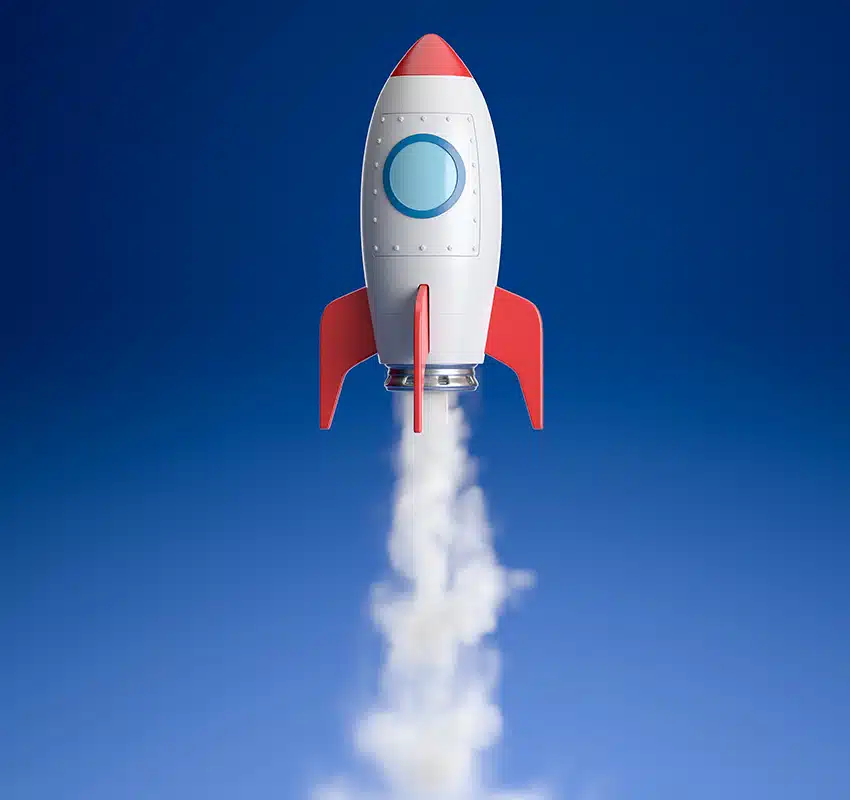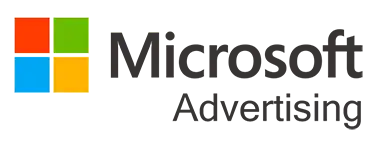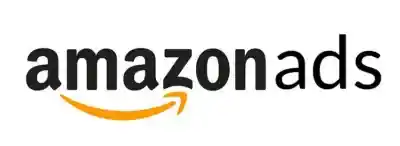When Did Programmatic Advertising Start?
Programmatic Advertising is a popular method of ad exchange used by both advertisers and publishers. Currently, it’s a popular way for buying and selling ad space.
Definition of Programmatic Advertising
Programmatic Advertising is a method used to buy and sell ad inventory. Programmatic ad tech is used during ad exchanges. This artificial intelligence / machine learning is used to sell ads in real time instead of human negotiation and predetermined price.
Programmatic Advertising History
Programmatic advertising is a popular method of ad exchange used by both advertisers and publishers. Currently, it’s a popular way for advertisers and publishers to buy and sell digital space for ad campaigns.
Programmatic advertising allows advertisers to automatically buy and optimize digital campaigns via AI and machine learning technology. Programmatic advertising uses real-time bidding (RTB) to cut out the need for the human negotiation that happens when buying directly from a publisher. It is a continually growing method of going about digital ad space transactions.
Despite being a popular way to go about ad exchanges today, the programmatic advertising that we know today was not the standard. In fact, it didn’t even exist until a little way into the 21st century.
The first programmatic display ad – a banner ad – aired in 1994. In 1996 the first server – DoubleClick came about to satiate the massive demand of advertisers wanting to place their banner advertisements online. But even ad servers like DoubleClick couldn’t keep up with the massive demand for digital ad space from advertisers. This is when ad networks began to take form. With ad networks, companies could run ad campaigns across entire platforms and on multiple websites. Ad networks simplified the complexities of advertising through real data and ad targeting.
Ad server originally appeared in 1995, at the dawn of the internet advertising business, and was used to assist publishers in managing online ads and controlling their distribution.
But even still, advertisers and publishers alike needed a more efficient way to go about the entire process of digital advertising. This is when the programmatic advertising that we know today began to take shape. So when answering the question, “when did programmatic advertising begin,” there is no definitive answer that all experts can agree on. Sometime between 2007 and 2010, ad exchange platforms began developing real time bidding (RTB) software to enhance and optimize the ad exchange experience to make it more efficient. Real time bidding programmatic advertising software was developed to see better engagement metrics, and bring a better ROI. This is the programmatic advertising that we recognize today.
As you can see, the history of programmatic advertising is slightly complex. This guide will breakdown the history of programmatic advertising to give you a better understanding of how this ad exchange method came to be and how it evolved into what it is today.
Where Did Programmatic Advertising Start?
The programmatic advertising that we know today began on multiple ad exchange platforms. These platforms included Yahoo’s Right Media, Open X Microsoft AdECN, Google AdEX, The Rubicon Project, AdMeld, and PubMatic.
Who Created Programmatic Advertising?
No one person created the original programmatic advertising. Rather it evolved as the result of big publishers buying up lots of ad space and advertisers dedicating much of their advertising efforts to the digital space.
With the digital real estate market for ad space becoming more and more saturated, programmatic advertising evolved as an efficient way to buy and sell this digital space. The automated technology of programmatic allows for quicker transactions via real-time bidding (RTB).
Arguably, Yahoo’s Right Media was the very first RTB ad exchange. Yahoo’s exchange began in 2007, but died out less than a decade later in 2014. Today there are various online exchange platforms that participate in programmatic advertising.
What Came Before Programmatic Advertising?
Before modern day programmatic display advertisements, there were banner ads. The first digital ad the internet saw was a banner ad. As mentioned previously, this advertisement first came about in 1994. The ad was a major success, as many internet users were fascinated with the banner advertisement and clicked on it to learn more.
The first banner appeared on hotwired.com as a part of an AT&T advertising campaign. The ad read, “Have you ever clicked your mouse right here? You will.” The purpose of this campaign was to show the possibilities of technological advancements.
This very first ad was the start of a whole new way of advertising. The ad ran for a total of three months – as AT&T had signed a 3 month contract with the website to display the ad.
Of everyone that viewed the ad, 44% of users clicked on it. This number is staggering compared to the number of clicks that ads on the internet today see. It was extremely successful – but as publishers and advertisers noticed the success of the very first digital ad, the industry began to grow. This meant that publishers were buying up tons of digital ad real estate and advertisers were frantically looking for the best place to advertise. Up until the rise of modern day programmatic advertising, these transactions were completed solely through direct advertising means. Essentially, buyers would have to negotiate directly with sellers.
Though as the market became more and more saturated – and the buying and selling of ads needed to be quicker and more efficient – there was a need for automation. Which is how the programmatic advertising method that we recognize today came to be.
Is Programmatic Advertising Dead?
Since the first programmatic display ad made its internet debut as a banner ad in 1994, programmatic advertising has greatly evolved. That very first banner ad saw a 44% click-rate. Since then, no banner ad has seen that kind of popularity. But by no means does that mean that programmatic is dead. In fact, programmatic advertising today looks nothing like it did in 1994. So while the programmatic advertising that we knew in 1994 may be dead, modern day programmatic advertising is far from dead.
Since modern programmatic advertising software made its way onto the advertising scene from 2007-2010, the automated technology has taken off. Programmatic advertising gained huge popularity between 2014 and 2015, and its been growing ever since.
Modern day programmatic advertising was designed as a way to increase ad efficacy, speed up transactions, and increase ROI for both parties. And that is exactly what it is doing. As long as there is a demand for digital ad space, it’s highly unlikely that programmatic advertising will be on its way out anytime soon.
What Does Programmatic Advertising Look Like Today?
Today, programmatic advertising exists as a way to create more efficient ad exchanges. As a tool, programmatic advertising assists advertisers in buying and publishers in selling online ad space. Many advertisers use 1st party data because it is the most effective type of data for advertisers.
The programmatic advertising that we recognize today uses AI and machine learning to purchase and optimize digital advertising campaigns in live time. This technology creates quick and efficient transactions through RTB. With RTB software, digital ad space is auctioned off as soon as a visitor enters the website.
Programmatic advertising today also uses a sophisticated algorithm to boost ad efficacy. With programmatic advertising’s advanced algorithm, advertisers have the ability to capture exactly the audience they’re seeking at exactly the right moment. Additionally, traffic data and online display targeting are used to drive impressions.
So while programmatic advertising today may not look the same as it did in 1994, it’s an efficient way of digital advertising none the less.











